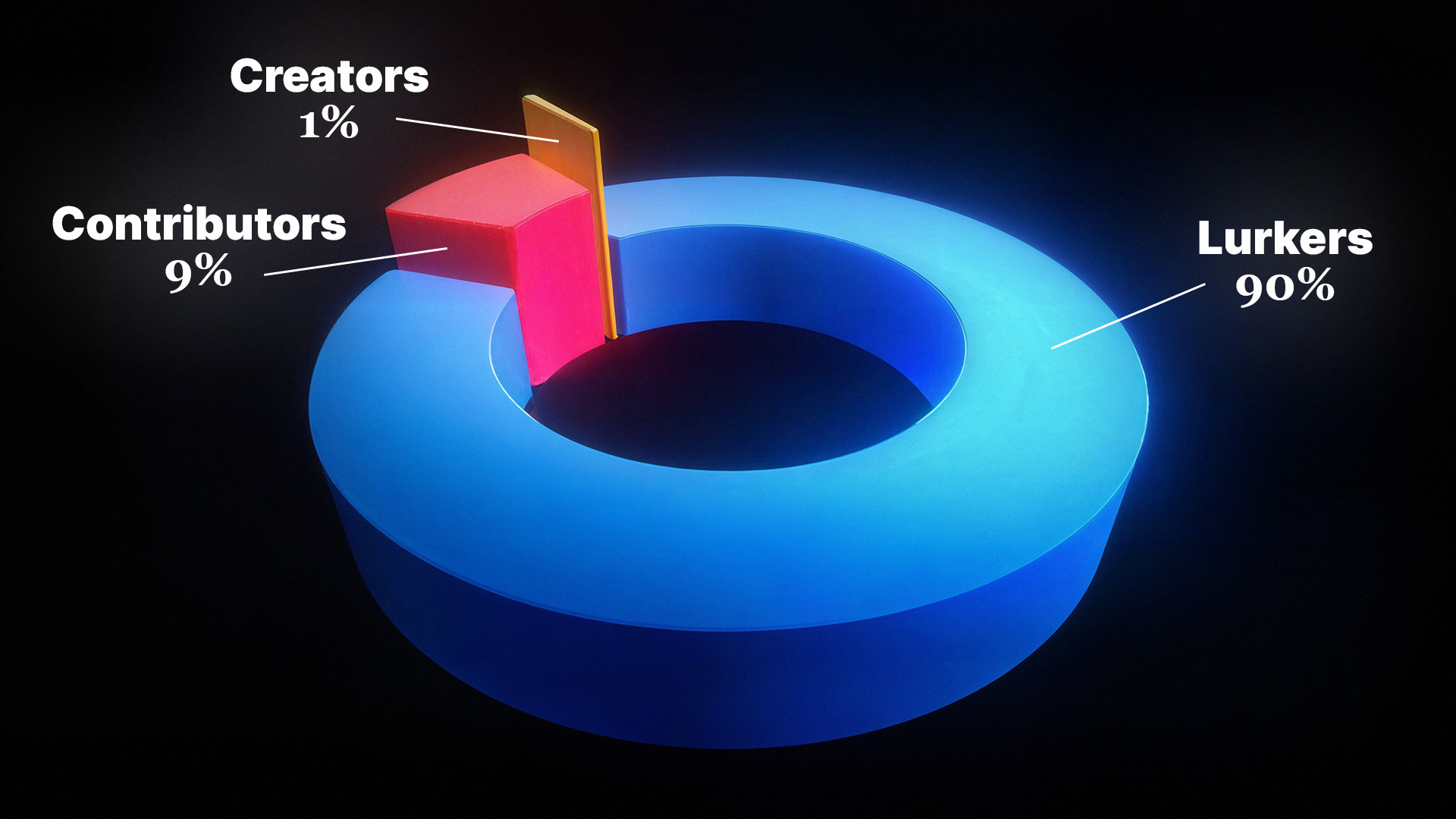Recently Added
-

It Tells You Everything You Need to Know
No, it doesn’t.
-

Flow State
The concept of the flow state describes a mental zone of deep focus and engagement, achieved when an individual’s skills are well matched with the challenges of a task. This phenomenon, critical for enhancing performance and personal growth, applies across various activities, underpinning key aspects of creativity and productivity.
-

Eudaimonia
Eudaimonia, rooted in ancient Greek philosophy and Aristotle’s ethics, highlights virtue, reason, and community as key to well-being. It suggests true fulfillment stems from ethical behavior and balance, showcasing a broad perspective on human flourishing that surpasses mere pleasure, embodying a life of meaningful achievements and connections.
-

Ukemi
Originating in Japanese martial arts, Ukemi focuses on safely navigating falls and attacks, highlighting the cultivation of both physical safety and psychological resilience. The practice extends beyond martial contexts, offering valuable strategies for injury prevention and psychological well-being.




